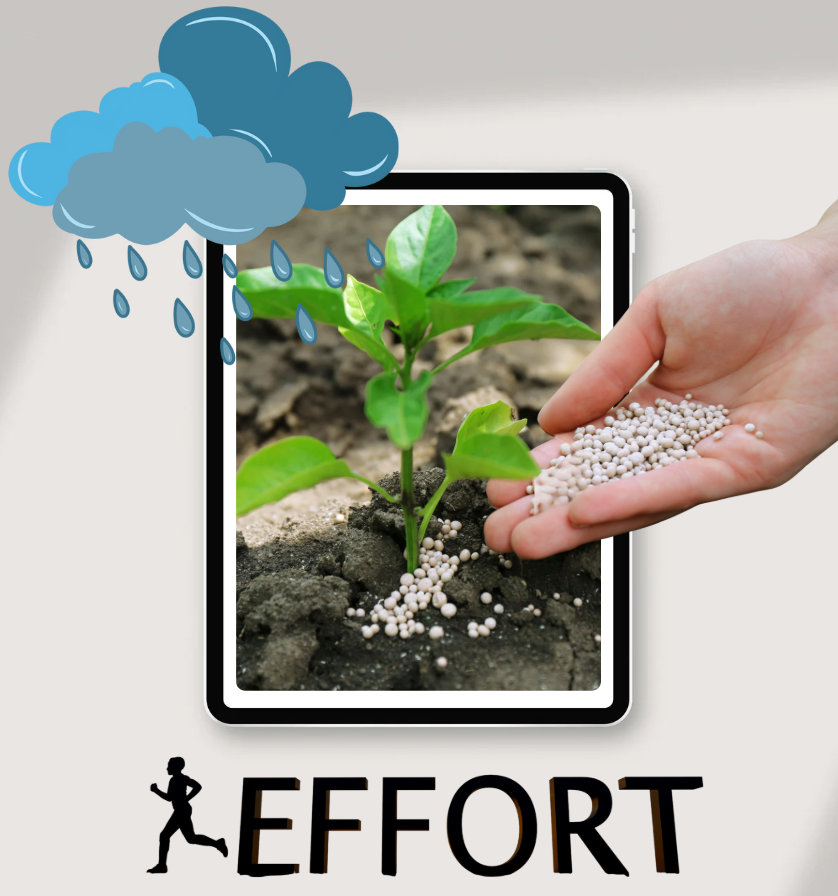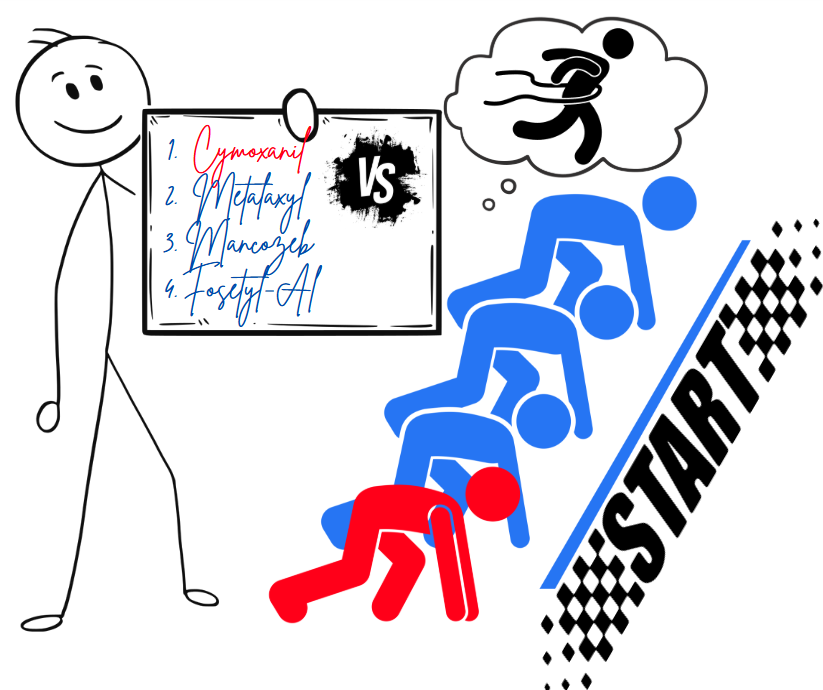
Comparison of Cymoxanil, Metalaxyl, Mancozeb, and Fosetyl-Al: Which One Should You Choose?
In managing fungal diseases in crops, farmers frequently encounter active ingredients like Cymoxanil, Metalaxyl, Mancozeb, and Fosetyl-Al. Each has its own strengths and limitations, suitable for different crops, disease types, weather conditions, and usage timings. This article will help you understand their differences and how to choose the right one for your crop cycle.
1. Overview of the Active Ingredients
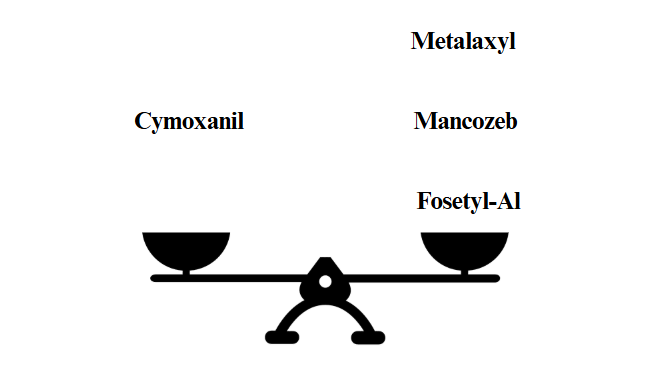
|
Active Ingredient |
Chemical Group |
Mode of Action |
Type |
Key Features |
|
Cymoxanil |
Acetamide |
Systemic, inhibits DNA synthesis |
Fungicide |
Fast action, curative |
|
Metalaxyl |
Phenylamide |
Systemic, inhibits RNA synthesis |
Fungicide |
Strong translocation, preventive |
|
Mancozeb |
Dithiocarbamate |
Contact, enzyme disruption |
Fungicide |
Broad-spectrum, highly preventive |
|
Fosetyl-Al |
Phosphonate |
Systemic, induces plant resistance |
Fungicide |
Long-lasting protection, immune booster |
2. Detailed Comparison of the Active Ingredients
🟢 1. Cymoxanil – Specialized for Early-Stage Treatment

- Effect: Fast-acting, strong systemic action, capable of curing infections when detected early.
- Target Diseases: Especially effective against Downy mildew, Late blight, and Soft rot (caused by oomycetes).
- Residual Duration: Short (3–5 days), easily washed off unless combined with other substances.
- Strengths: Kills fungus at early infection stage, combines well with Mancozeb, Propineb, and Metalaxyl.
✅ Best for: Quick treatment when early symptoms appear.
🟡 2. Metalaxyl – Deep Preventive Protection
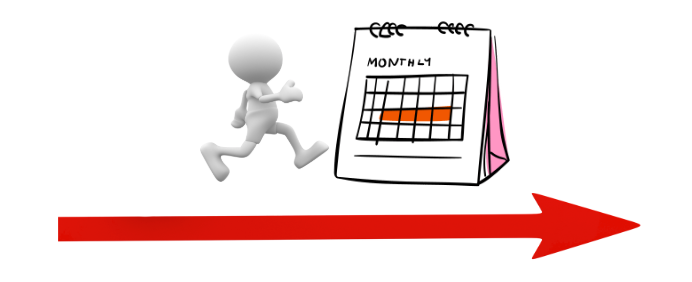
- Effect: Deep systemic absorption, moves upward through plant tissues.
- Target Diseases: Mainly effective against Phytophthora, Pythium, Plasmopara.
- Protection Duration: Longer than Cymoxanil (5–7 days).
- Limitations: Overuse alone can lead to resistance.
✅ Best for: Preventative spraying at the beginning of the season; use in rotation or combinations.
🟠 3. Mancozeb – Broad-Spectrum Contact Action
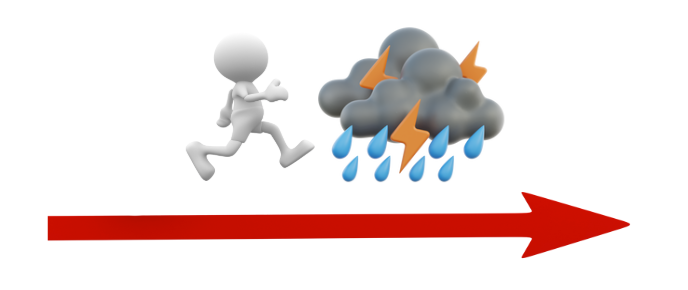
- Effect: Destroys fungus on plant surfaces.
- Target Diseases: Many types, such as Alternaria, Cercospora, Downy mildew, etc.
- Cost: Low, commonly available, economical.
- Limitations: No systemic action, no curative effect.
✅ Best for: Preventative treatment before rainy seasons; combine with Cymoxanil or Metalaxyl for better results.
🔵 4. Fosetyl-Al – Dual Movement & Resistance Induction

- Effect: Systemic action with both upward and downward translocation.
- Secondary Effect: Stimulates the plant’s immune system (resistance inducer).
- Effectiveness: Great for prevention, but acts slowly and not curative.
- Protection Duration: Long-lasting (7–14 days).
✅ Best for: Long-term disease prevention, especially before symptoms appear.
3. Which One Should You Choose for Your Crop?
|
Real-Life Scenario |
Recommended Active Ingredients |
|
Early-stage infection, urgent treatment needed |
👉 Cymoxanil or Cymoxanil + Mancozeb |
|
Scheduled preventive spraying at the start of the season |
👉 Metalaxyl or Fosetyl-Al |
|
Humid weather with high risk of fungal outbreak |
👉 Fosetyl-Al or Mancozeb + Cymoxanil |
|
Broad-spectrum protection with low cost |
👉 Mancozeb alone or combined with systemic fungicides |
|
Severe Downy mildew, Late blight, or Phytophthora issues |
👉 Cymoxanil + Metalaxyl or Fosetyl-Al |
4. Usage Guidelines for These Active Ingredients
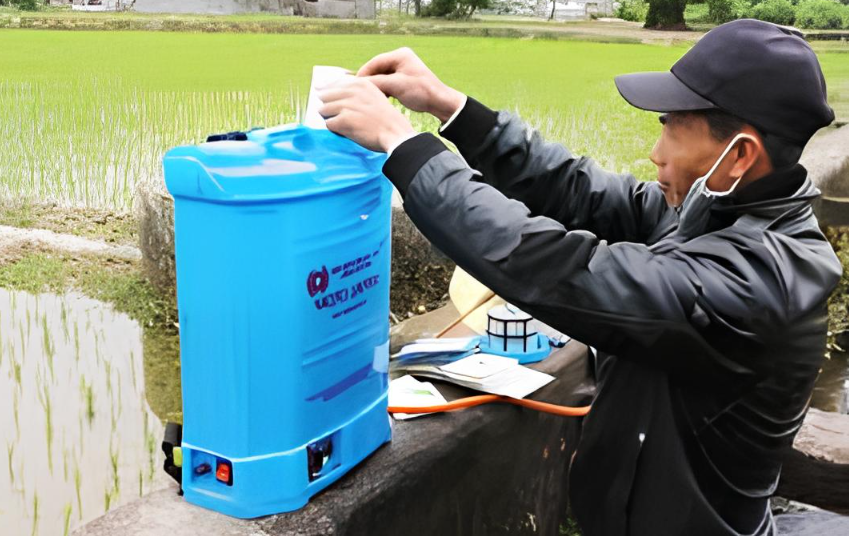
- Rotate Active Ingredients: Avoid using the same type more than 2–3 times per crop cycle to prevent resistance.
- Proper Mixing: Don’t over-concentrate—may cause leaf burn and crop damage.
- Right Timing: Apply early – correct disease – proper product.
- Smart Combination: Cymoxanil works very well when combined with Mancozeb or Propineb.
5. Conclusion
There is no single “best” active ingredient—each serves a specific purpose:
- Cymoxanil: Quick treatment, but short-lasting protection.
- Metalaxyl: Deep preventive action, but requires rotation.
- Mancozeb: Broad-spectrum and cheap, but not systemic.
- Fosetyl-Al: Long protection and immunity boost, but slower-acting.
👉 Farmers should use combinations tailored to crop stages and actual conditions to optimize costs, improve effectiveness, and prevent resistance.
Bình luận
Những bình luận mới nhất
